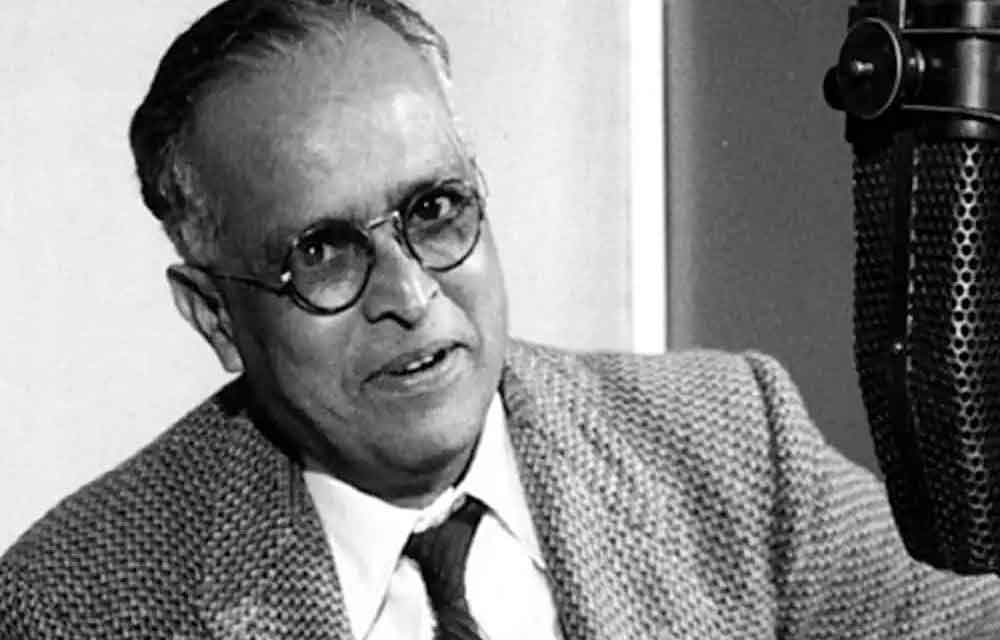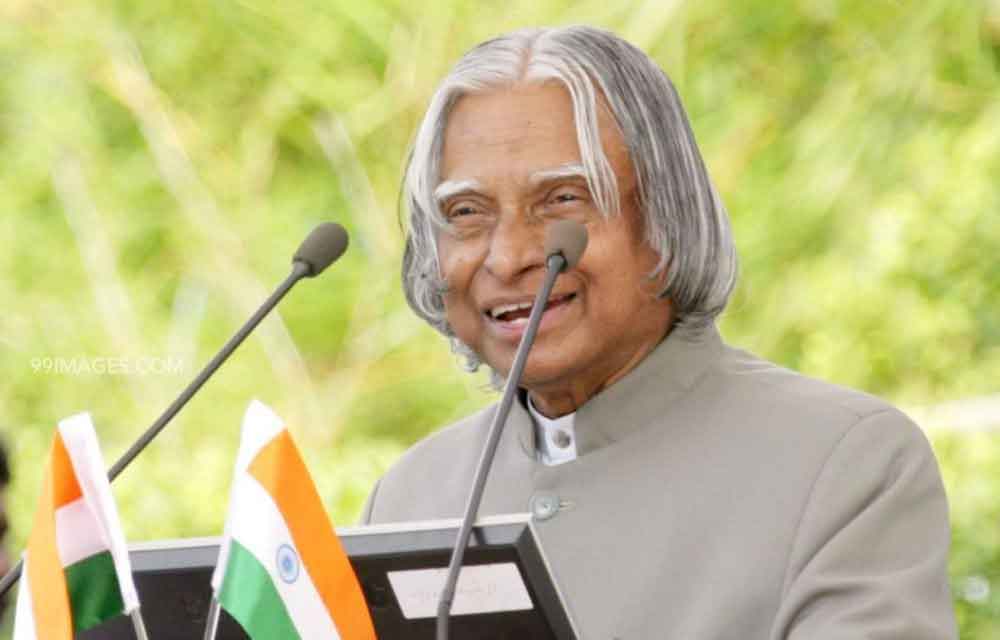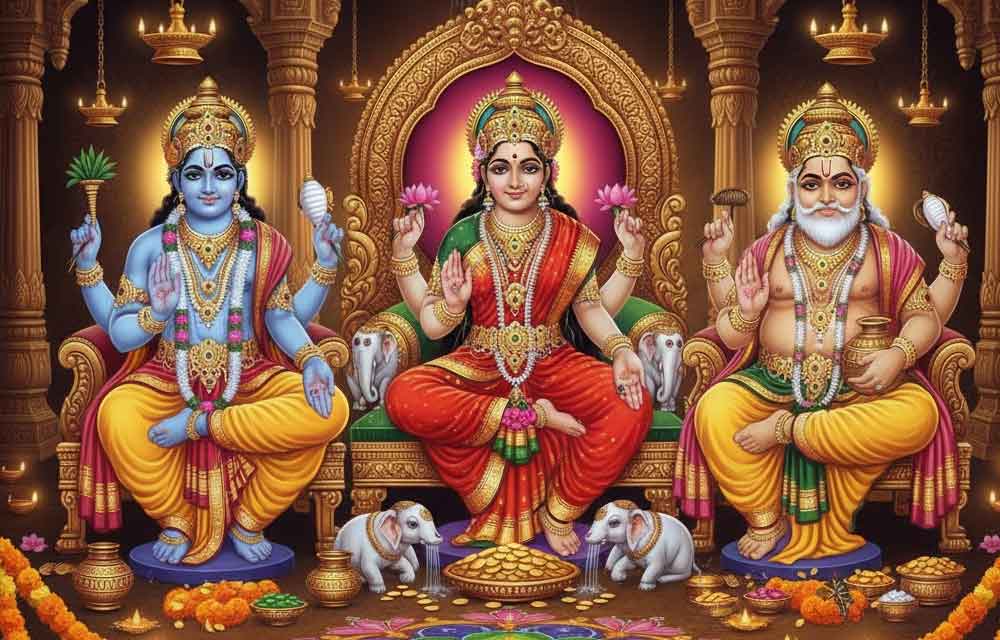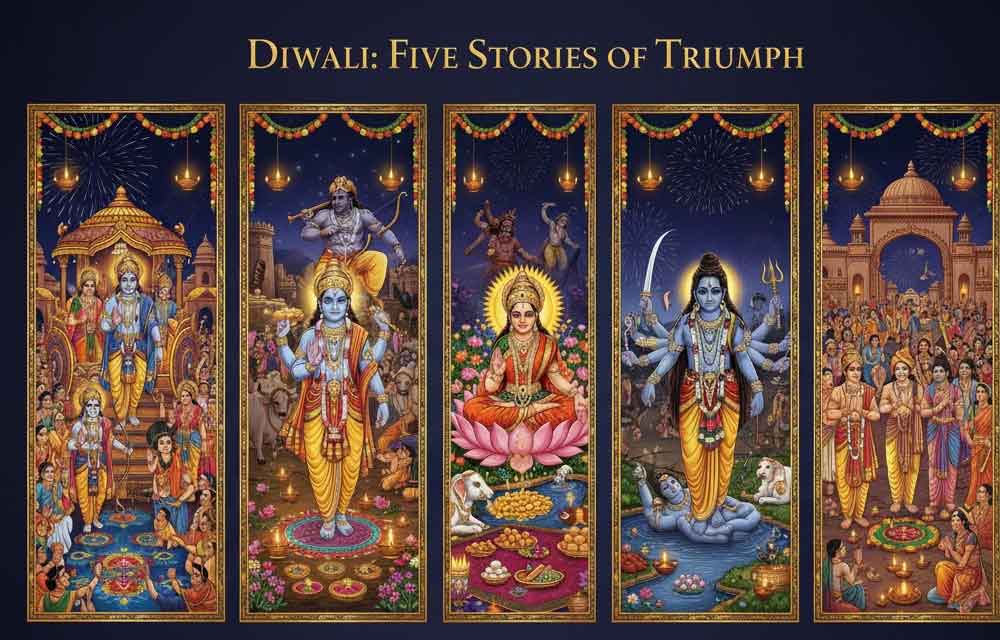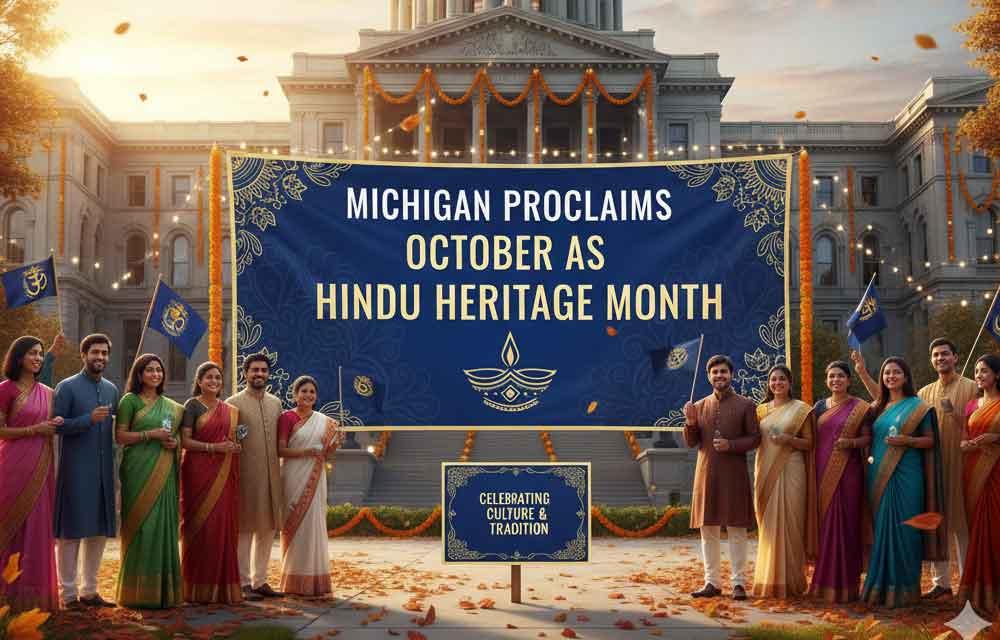R. K. Narayan: A Complete Biography
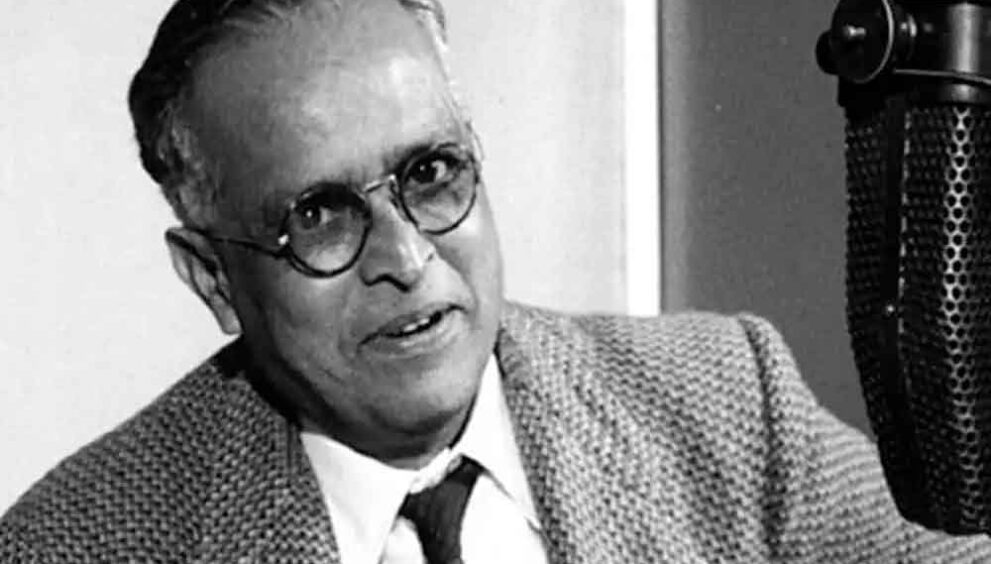
Rasipuram Krishnaswami Iyer Narayanaswami (1906-2001), known to the world as R. K. Narayan, stands as one of India’s most beloved English-language writers and a pioneer who brought Indian life to global readers through his deceptively simple yet profoundly human stories.
Early Life and Education
Born on October 10, 1906, in Madras (now Chennai), Narayan was the third of nine children in a Tamil Brahmin family. His father was a headmaster, and educational achievement was deeply valued in the household. Due to his father’s frequent transfers, young Narayan was raised primarily by his grandmother in Madras, a relationship that would profoundly influence his worldview and writing.
Narayan’s education took him through several schools in Madras before he attended Maharaja’s College in Mysore, from which he graduated in 1930. Though not an exceptional student by conventional standards, these formative years in Mysore would later inspire the creation of his fictional town of Malgudi, the setting for most of his works.
The Birth of a Writer
After graduation, Narayan briefly tried his hand at teaching, which he found uncongenial. He then decided to dedicate himself entirely to writing—a bold and uncertain choice in 1930s India. His early attempts at publication met with numerous rejections, but he persevered with remarkable determination.
His first novel, Swami and Friends (1935), introduced readers to Malgudi, a fictional South Indian town that would become as real to readers as any actual place. The book’s publication was made possible through the intervention of Graham Greene, who became Narayan’s friend and lifelong supporter. Greene not only helped find a publisher but also championed Narayan’s work throughout his career.
Personal Life and Loss
In 1933, Narayan married Rajam, a union that brought him great happiness. However, tragedy struck in 1939 when Rajam died of typhoid, leaving him devastated with a young daughter to raise. This profound loss deeply affected Narayan and influenced his subsequent writing, adding layers of melancholy and wisdom to his work. He never remarried, channeling his energies into his daughter’s upbringing and his literary career.
The Malgudi Universe
Narayan’s genius lay in creating Malgudi—a microcosm of Indian life that was simultaneously specific and universal. Through this fictional town, he explored:
- The clash between tradition and modernity
- The struggles of ordinary people
- The humor and pathos of everyday existence
- The complexities of Indian social relationships
His major novels include:
Swami and Friends (1935) – His debut novel following a schoolboy’s adventures
The Bachelor of Arts (1937) – A young man’s coming of age in South India
The Dark Room (1938) – A wife’s struggle against domestic oppression
The English Teacher (1945) – A semi-autobiographical novel dealing with love and loss
Mr. Sampath (1949) – A satirical look at the film industry
The Financial Expert (1952) – About a financial advisor who rises and falls
Waiting for the Mahatma (1955) – Set against the backdrop of Gandhi’s independence movement
The Guide (1958) – Perhaps his most famous work, about a tour guide who becomes a spiritual guide, which won him the Sahitya Akademi Award
The Man-Eater of Malgudi (1961) – A gentle printer’s encounter with chaos
The Vendor of Sweets (1967) – Exploring generational and cultural conflicts
A Tiger for Malgudi (1983) – Narrated from a tiger’s perspective
The World of Nagaraj (1990) – His final novel
Literary Style and Philosophy
Narayan’s writing was characterized by:
- Simplicity and clarity – He wrote in accessible, unadorned prose that concealed profound insights
- Gentle humor – His ironic, compassionate view of human foibles
- Psychological realism – Deep understanding of human nature
- Indian authenticity – Stories rooted in Indian life without exoticization
- Philosophical undertones – Influenced by Hindu philosophy, particularly ideas of karma and dharma
Unlike many postcolonial writers who wrote with anger or political agenda, Narayan focused on the timeless aspects of human experience. He was criticized by some for not engaging more directly with political issues, but defended his approach as capturing the reality of ordinary Indian life, which continued regardless of political upheavals.
International Recognition
Narayan became one of the first Indian writers in English to achieve international acclaim:
- His works were published in the United States and Britain to critical acclaim
- He was shortlisted for the Nobel Prize in Literature multiple times
- He received the Padma Bhushan (1964) and Padma Vibhushan (1982), among India’s highest civilian honors
- The Sahitya Akademi Award for The Guide (1958)
- He was nominated to the Rajya Sabha (India’s upper house of parliament) in 1989
Other Works
Beyond novels, Narayan was a prolific writer of:
- Short stories – Collections like Malgudi Days, An Astrologer’s Day, and Under the Banyan Tree
- Memoirs – My Days (1974), his autobiography
- Retellings – The Ramayana, The Mahabharata, and other Indian epics adapted for modern readers
- Essays and journalism – Regular columns and travel writing
His short stories, particularly those collected in Malgudi Days, introduced countless readers to his world and were adapted into a popular Indian television series.
Later Years and Legacy
In his later years, Narayan lived in Mysore, continuing to write and mentor younger writers. He remained active well into his eighties, maintaining his disciplined writing routine and his engagement with readers worldwide.
R. K. Narayan passed away on May 13, 2001, in Chennai at the age of 94, leaving behind a literary legacy that continues to grow. His influence on Indian writing in English cannot be overstated—he proved that Indian writers could achieve international recognition while remaining authentically Indian in voice and vision.
Impact and Significance
Narayan’s contribution to world literature includes:
- Pioneering Indian English literature – He demonstrated that Indian writers could use English to create authentic Indian narratives
- Creating a literary geography – Malgudi joined the ranks of fictional places like Faulkner’s Yoknapatawpha County
- Bridging cultures – His work made Indian life accessible and relatable to Western readers without pandering or exoticizing
- Influencing generations – Writers like Vikram Seth, Rohinton Mistry, and countless others acknowledge his influence
- Timeless storytelling – His books remain as fresh and relevant today as when they were written
The Narayan Voice
What distinguished Narayan was his unique voice—unpretentious, humorous, compassionate, and wise. He found the extraordinary in the ordinary, the universal in the particular. His characters—whether Swami the schoolboy, Raju the guide, or Margayya the financial expert—live in readers’ memories as real people we’ve known.
His writing reminds us that great literature need not be loud or revolutionary, that quiet observation and deep humanity can create works of lasting value. In Narayan’s Malgudi, readers found not an exotic India, but a familiar human world where people struggle, hope, fail, and endure—a world that, in its specificity, speaks to everyone.
On this day, October 10th, we celebrate not just the birth of a writer, but the creation of an entire world that has enriched millions of readers and will continue to do so for generations to come.

 English
English 

